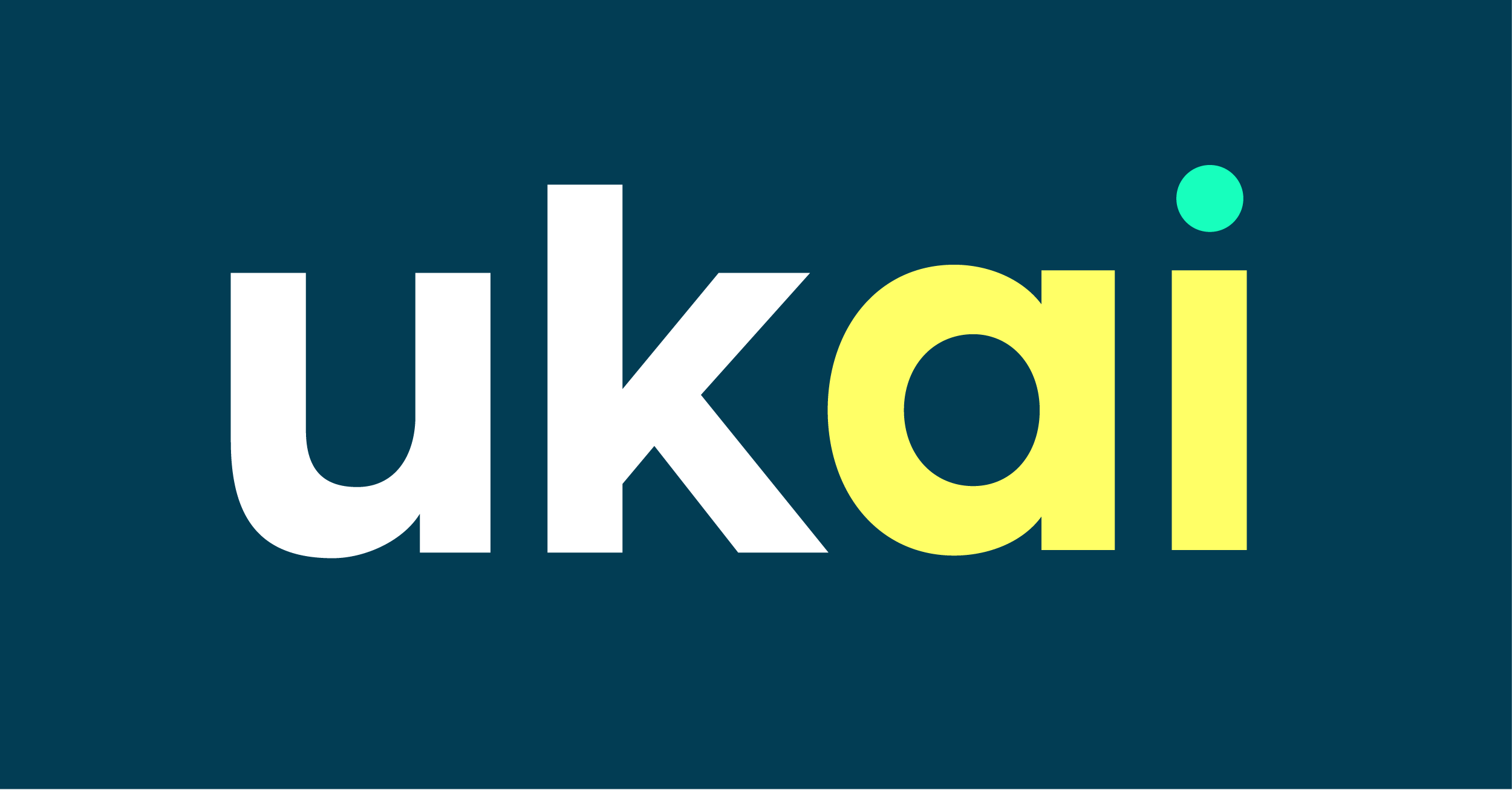Why AI Literacy Must Start in Primary School
Seitz and fellow education experts argue that AI literacy must start early—well before children gain independent access to digital platforms. “There’s many ways for educators to support younger students… It can be something as simple as saying, ‘Not everything we see online is real,’” she said. The call is for AI comprehension to begin as soon as children engage with digital media, rather than waiting until secondary school.
Robbie Torney, senior director of AI programmes at Common Sense Media, highlights the increasing sophistication of AI-generated content and the challenge it poses to young people trying to discern what’s real. Teaching students to question digital content should begin in primary school, growing more nuanced as they develop cognitively.
The concern is that waiting until age 13—when many children gain social media access—is simply too late. Instead, Seitz advocates for weaving AI literacy into everyday lessons, not isolating it into standalone units. This integrated approach helps children develop the habit of questioning digital content across all subjects.
Support for teachers is just as critical. Research shows that while many educators are aware of tools like ChatGPT, fewer understand the underlying concepts of AI or use it regularly in classrooms. Targeted professional development can bridge this gap. Seitz stresses that school leaders must also engage in this training to model responsible AI use.
Frameworks such as ISTE+ASCD’s Digital Citizenship Competencies and various state-level technology standards provide useful guidance. However, consistent terminology and clear policy alignment are essential to build a shared understanding of AI’s role in education.
Practical strategies are emerging. Some teachers use AI to generate differentiated reading materials or customised maths problems, always guided by human oversight to ensure relevance and accuracy. Interactive activities—such as role-playing games that illustrate AI principles—are proving effective in building younger pupils’ conceptual understanding and critical thinking.
Early results are promising. Studies show that even primary school children can improve their use of AI terminology, logical reasoning and their ability to evaluate the limits of machine-generated decisions when supported with thoughtful instruction.
The wider aim is not just technical literacy but a broader digital scepticism and ethical awareness. By embedding AI education from the earliest stages, schools can prepare pupils to engage critically and responsibly with a technology that will increasingly shape their lives.
For the UK and other nations committed to leading in responsible AI, early AI literacy offers a clear route to building a digitally resilient next generation. It’s not just about learning how AI works—it’s about understanding when, how and why to trust it.
Created by Amplify: AI-augmented, human-curated content.






